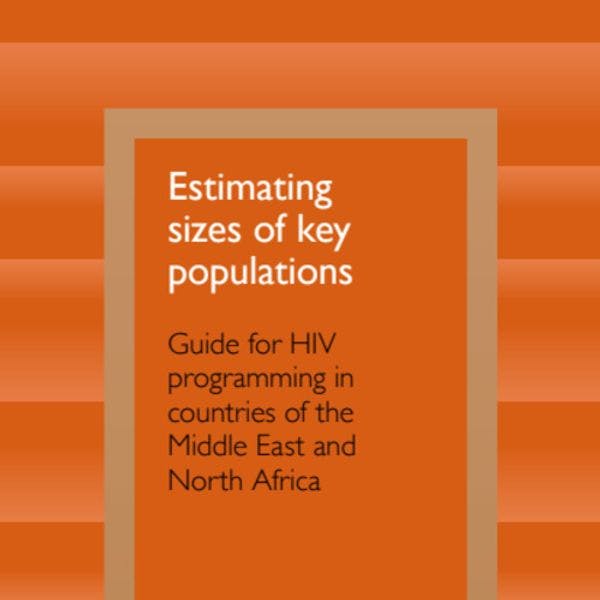Estimer la taille des populations clés : Guide pour les programmes de lutte contre le VIH dans les pays du Moyen-Orient et de l’Afrique du Nord
L’OMS et l’ONUSIDA ont rédigé un guide pour estimer la taille des populations confrontées à des facteurs de risques et ayant des comportements spécifiques, l’une des composantes les plus importantes de la surveillance du VIH. Pour en savoir plus, en anglais, veuillez lire les informations ci-dessous.
Abonnez-vous à l'Alerte mensuelle de l'IDPC pour recevoir des informations relatives à la politique des drogues.
The size of populations with specific risk factors and behaviours is one of the most important components of HIV surveillance. Not only is size a critical determinant of the likely extent of HIV spread and the contribution of different key populations to new HIV infections, it is also crucial for defining programme resource needs and setting priorities and targets.
Estimating the sizes of key populations most at risk for HIV is challenging because it involves counting people who are hidden, or whose activities are hidden. It is particularly challenging in countries of the World Health Organization (WHO) Region for the Eastern Mediterranean and the UNAIDS Middle East and North Africa Region (EM/ MENA region), where conservative social and religious values can mean harsh judgment, increased levels of stigma and severe punishment for people engaging in behaviours that can expose them to HIV. Despite the challenges, many countries in the EM/MENA region have taken steps to understand more about people who are at risk for HIV, including estimating their numbers. However, more guidance is needed on how to collect size estimation data and use it to improve the effectiveness of HIV programming.
Keep up-to-date with drug policy developments by subscribing to the IDPC Monthly Alert.
